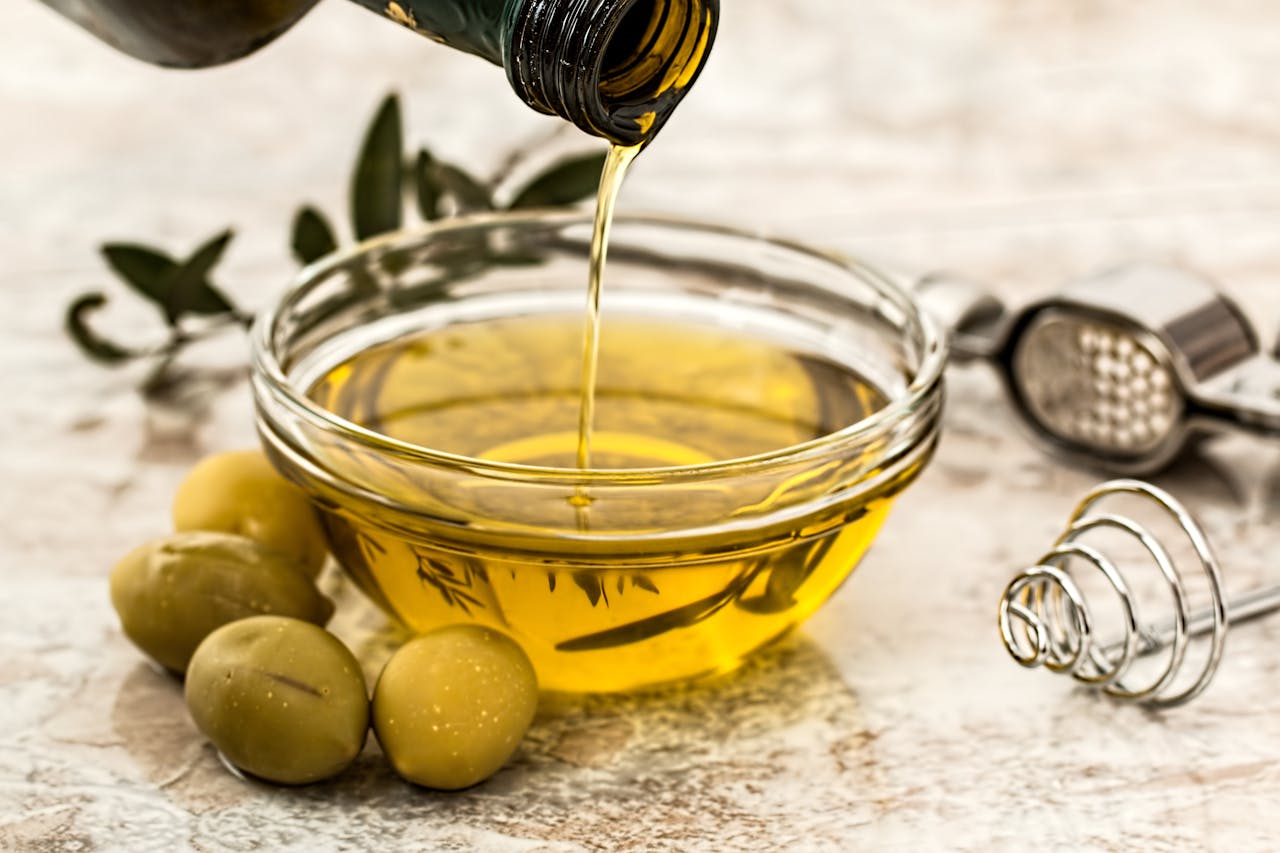
The forecasts of major olive oil producers and distributors, such as Deoleo (Carbonell, Hojiblanca, etc.) and DCOOP, are coming true: a sharp drop in prices at both origin and retail is expected when the new production of the 2024-2025 campaign begins. The National Association of Industrial Packers and Refiners of Edible Oils (ANIERAC) reported on Wednesday that olive oil sales increased by 47.15% in the first quarter of this year, reaching a total of 81.32 million liters.
This increase was primarily led by the “Extra Virgin” category, of which more than 39 million liters were sold in the first three months of 2025 – a 64% increase compared to the same period in 2024. Consumption of “virgin” olive oil rose by 29.26% to 8.69 million liters between January and March, while sales of “mild” olive oil increased by 34.64% to 24.84 million liters. Sales of “intense” olive oil also saw an increase of 37.69%, reaching 8.62 million liters during the analyzed period. In contrast, sales of other vegetable oils (such as sunflower and pomace oils) declined slightly, reaching 97.27 million liters.
More specifically, sunflower oil refining fell by 1.85% to 85.32 million liters compared to the first three months of 2024. Soybean and rapeseed oils recorded declines of 31% (0.186 million liters) and 7.52% (0.894 million liters), respectively. Olive pomace oil, which faces the challenge of increasing its presence in the national market, suffered a 36.78% drop in sales in the first quarter, remaining at 5.11 million liters.
In the 2024/2025 campaign, which began last October and runs until September of next year, according to ANIERAC, 36% more olive oil has been marketed so far than in the 2023/2024 campaign, corresponding to more than 150 million liters. As in the first quarter, “extra virgin” led sales with 70.78 million liters, representing an increase of 55.23% compared to the previous campaign.
The Rapid Price Drop
The new 2024-2025 campaign, which began in October and will last until September next year, is benefiting from generous rainfall, increasing production forecasts to around 1.4 million tons. This volume significantly exceeds the yields of the last two campaigns: only 665,000 tons were produced in 2022-2023, while yields in the 2023-2024 campaign exceeded 800,000 tons. This is leading to greater production capacity and posing challenges to direct competitors such as Italy and Greece with lower yields. Increased availability due to new production and stable demand are paving the way for the price of olive oil to fall both at the point of origin and on supermarket shelves.
According to the latest “Olive Oil Market Bulletin” from the Ministry of Agriculture, an average decline of 51% is estimated compared to the 2023-2024 campaign. Broken down by category, average prices for extra virgin olive oil have declined by 46.42% since September, for virgin olive oil by 51.96%, and for lampante olive oil by 55.21%. Specifically, the average price for extra virgin olive oil was €4.46/kg in the third week of this year, falling to €3.91/kg in the 13th week. For virgin olive oil, the average price rose from €4.08/kg to €3.33/kg over the same period.
The Index of Prices at Origin and Destination of Food Products (IPOD), compiled by the agricultural organization COAG, estimates that in March, extra virgin olive oil appreciated by 59% from the olive harvest to supermarket shelves: farmers received an average of €3.72/kg, while the price at destination was €5.92/kg. The same statistics estimated in October that the price at origin was 6.58 euros/kg, while consumers had to pay up to 9.24 euros/kg for this “green gold”, an increase of 40%.



